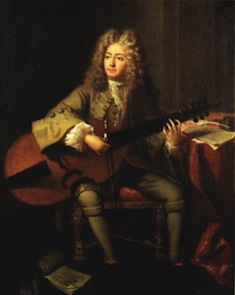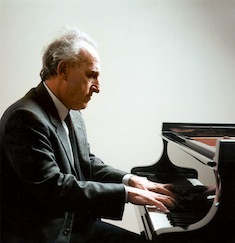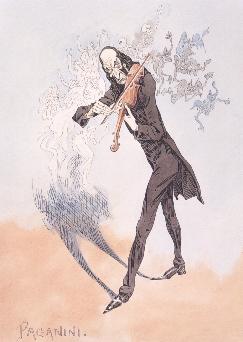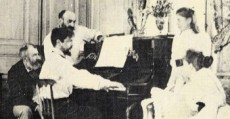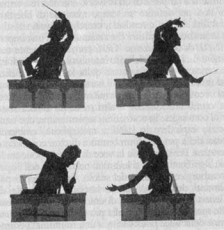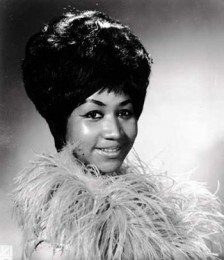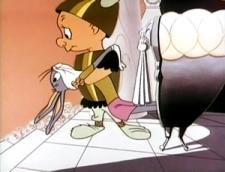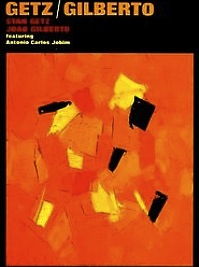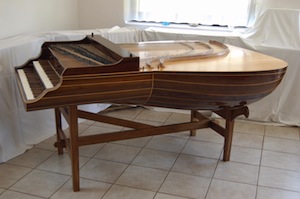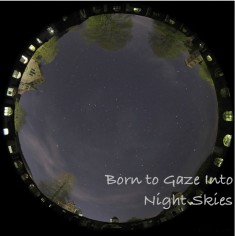

So tonight when I took Celia downstairs to look for some CDs, out of (what I think is) nowhere, she asks ‘Daddy? Do you have a tape player?’ Now, I’m a little surprised that she would even know what a tape player is, but don’t think too much about it and say ‘yeah, but I think Popi has it…’ and I keep looking for CDs. Then she picks a tape up and says ‘then I think you should do this one tonight’ and it is a mix tape from over ten years ago from my friend Charles. Then it occurs to me… ‘Celia… how did you know that was a tape?’ and she says ‘I just know’, then she turns around and heads upstairs (and I can tell she is quite pleased with herself). Then, there in my hands, is the ONE redeeming reason for cassette tapes to exist. The mix tape. Really, what a horrible medium. The sound quality was horrible on these things (especially compared to records!), over time the sides would start to bleed together, but that was only if some tape machine didn’t eat the damn thing first. All those moving parts as well made for many points of failure, and then there were the compromises manufacturers had to make to get more time onto them (thinner film or added weight which would lead to MORE chances for the thing to get eaten). But by the early ‘90s the 90 minute tape seemed to be pretty ideal for friends to share music with each other (still well before file sharing and mp3 reached any popularity, and CD burners were still VERY expensive, as were the discs to burn onto.
So, 12 or 13 years after the fact Celia finds a mix tape from Charles. And this reminds me that it is also time for me to get my yearly mix disc going. Charles and I worked together at the Tower in Berkeley for a couple years in the mid to late ‘90s while he finished his undergrad degree in English. We became pretty good friends, and have kept in touch here and there. Actually, I really need to write to Charles and see what he is up to. I miss talking to him. But one thing both of us have done, pretty much since we have known each other, is pulled together mix-tapes (then mix-discs then mix-downloads that we know will fit onto a disc) just about every year. We share them with other friends as well, and though Charles may not know this he is one of the main reasons that I still make them. The other reasons are that for Tamiko and me it has filled the role of re-exploring our music collection about once a year, and the other is my friend Colin. So, while I know that other people do listen to some of my mix discs, Tamiko, Charles and Colin are the three people who I really feel a need to impress. This last year, I had a little making up to do in the mix disc department (Mira being born shut down the mix disc making for a year for obvious reasons… ‘Wow… I’m tired and Mira and Celia are asleep at the same time! I can start making a mix-dis… >snore<‘).
So this year I pulled together three discs, and released them as downloads over the course of three weeks. The first was an homage to the first mix-disc (post-tape compilation) that I got from Charles in 1999. Charles’ 1999 mix-disc was called ‘Wood and Smoke’ and pulled together an amazing collection of quieter acoustic tunes, with some choice cuts from The Spinanes, Smashing Pumpkins and Neil Young. ‘Wood and Smoke’ also established the ‘double-album mix-CD’ format for Charles with the sound of a needle dropping, followed by five tracks (about 20 minutes) repeated four times to give the impression of four sides to a double-album. I absolutely love that Charles includes the needle drop, and that each side is thought of as a whole… the tracks expertly arranged into their own little entities. Charles told me a couple years back that I’m his only friend that really appreciates this effort, and I was shocked. I told Charles his other friends didn’t deserve to get copies of his mixes. Anyways, my first of three mixes paid homage to ‘Wood and Smoke’ with ‘Tinder and Soot’. ‘Wood and Smoke’ is probably the most played mix-disc that I have, and I had to see if I could do something just as good with the ‘rules’ that Charles seemed to lay down. I like ‘Tinder and Soot’, but after about 10 listenings I don’t think it stands up as well as Charles’ original.
The second mix-disc of last year was really for Tamiko. She commented to me once (quite accurately) that women singers make WAY too few appearances on my discs. Looking back at my compilations over the years, she was dead on. I hate to say it, but if I was analyzing my mix discs from the outside, it would even appear that the appearance of a woman singing wasn’t exactly token, but a female voice’s appearance was rarer. It was usually a highlighter, a rare enough occurrence so that when it happened, it took on a special significance on its own. A Yo La Tengo song with Georgia singing was common, but other then that there was just an Ella Fitzgerald song or someone soulful or Nico here and there. So ‘Black Dress On’ was, as Tamiko put it, my ‘chick disc’. All female vocals, starting of with Hildegard leading into Ronnie Spector singing ‘Be My Baby’ followed by Sonic Youth (‘Kool Thing’). Unlike ‘Tinder and Soot’, the more I have listened to ‘Black Dress On’ the better it has gotten. I actually think it may be the best mix-disc I ever made, and there is little that makes me happier then throwing it on and watching my girls dance around the living room.
The last disc ‘Born To Gaze Into Night Skies’ follows my more typical mix-disc formula. Lots of genre jumping that attempts to connect what seems to be unrelated music into the musical consciousness that is my musical world. This can frustrate Charles all to hell at times, but I insist that it all works. This would be my radio station if I had one. Why not go from Iron & Wine into Sly and the Family Stone? Throw in some Kenny Burrell, Marc Ribot and The Five Stairsteps, and while the music may hop from genre to genre, it’s all good.
So, these were the discs I put on the server tonight, along with the other mix-discs of mine that I have made over the past 10 years or so. I’ll need to dig out the tape deck and get the ones that Celia wants as well sometime soon, though I wonder if it would be easier to just find the tracks and re-create it that way… but then the tape hiss would be missing, and if Celia is going to get the true experience of what a mix-tape was, that part will be needed. Better start digging around for that old tape deck…


